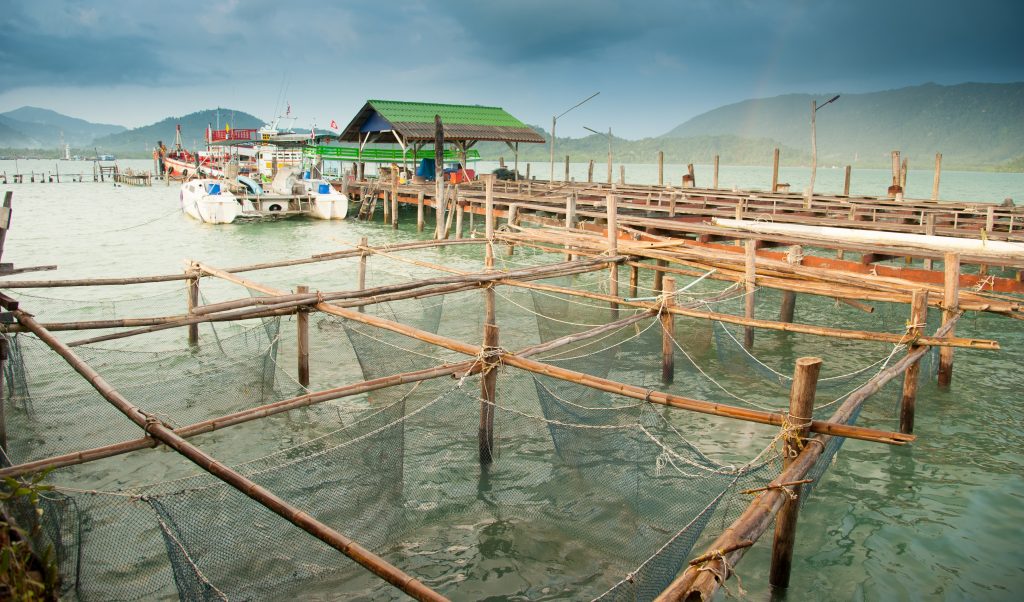
Small farms leading ‘quiet revolution’ in world’s fish supply
May 7, 2018
By Treena Hein
Contrary to popular belief, small- and medium-sized commercial fish farms growing affordable fish were behind most of the growth in the global aquaculture industry over the past three decades and not large corporations growing fish for export nor tiny backyard farms growing fish for family consumption, according to three prominent academics.
Simon Bush (professor and chair of Environmental Policy, Wageningen University, NL), Dave Little (professor of Aquatic Resources Development, University of Stirling, UK) and Ben Belton (assistant professor of International Development, Michigan State University, USA) recently published their views on this topic on the World Economic Forum website.
Bush, Little and Belton say that while the aquaculture industry has advocated very small farms to feed the poor, their research shows that most of the fish being eaten by poor people in developing countries “comes from a dynamic new class of small- and medium-scale commercial farms, the existence of which is rarely recognized.” The trio point to Bangladesh as an example, where the farmed fish market grew by a factor of 25 over the last 30 years to exceed 2 million tons in 2015. This growth in supply caused the price of farmed fish to fall by almost 10 percent from 2000 to 2010, and its consumption by poorer householders increased rapidly over this period.
“The ‘quiet revolution’ in farmed fish supply has been driven neither by corporate agribusiness nor by tiny backyard farms,” conclude Belton, Bush and Little. “Rather, most of aquaculture’s growth over the past three decades has come from a dynamic and increasingly sophisticated segment of small- and medium-sized commercial farms and the myriad businesses that support them…Rather than focusing on producing expensive species for export markets or wealthy domestic customers, these unsung heroes have focused on growing affordable fish such as carp. Where these species are produced in large quantities, they have become affordable for huge numbers of low- and middle-income consumers close to home.”
These academics believe that while the existence of many small and medium operations growing affordable fish is yet to come in many developing countries, particularly in Africa, these countries can make this transition through learning from peer nations where aquaculture has boomed.
 Smaller fish farms
Smaller fish farms 




